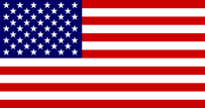
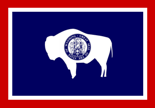
US National Flag and Flag of the
State of Wyoming, US both showing Cable Nos. 70180, 70001 and 70075 (fotw)
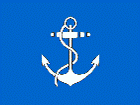
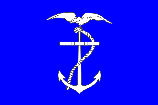
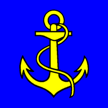
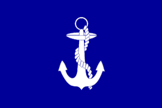
From left: Flag of the Minister of Defence,
Uruguay (fotw); Naval Jack of
Ecuador (fotw); Flag of
Melide, Switzerland (fotw); Flag of a
Fleet Commander 19601963, Taiwan (fotw)
When an animal's head is borne full-faced and with no part of the neck visible - cabossed or cabooched.
![[Uri Switzerland]](../images/v/vxt-d1057.gif)
Flag of Uri, Switerland (fotw)
Please note however, that the form these marks take may vary from country to country – for example – the cadency label is used on several British royal banners in deference to (although not in strict accordance with) English heraldic practice, whilst traditional Scottish heraldry is more likely to employ a bordure and other European traditions may change the colour of a charge. It is suggested therefore, that a suitable glossary or heraldic dictionary be consulted for further details (see also ‘armorial bearings’, ‘coat of arms’, label 2) and ‘shield’).
![[cadency marks]](../images/v/vxt-d062.gif)
The cadency marks of the 1st to the 6th son in English heraldry (Parker)
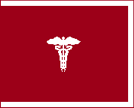
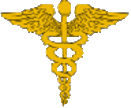
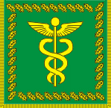

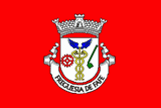
From left: Flag of the Army Surgeon General and Emblem of the Army Medical
Corps, US (fotw); Flag of the Head of State Tax Administration, Ukraine (fotw);
Arms and Flag of Fafe, Portugal (Klaus-Michael Schneider)
Please note that this should not be confused with the Staff of Asclepius as referenced above, which has only one snake on an unadorned staff and is symbolic of the medical profession.
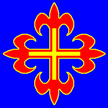
Putative Banner of the Order of Calatrava, Spain (fotw)
Please note that the current international call sign is made up of two letters identifying the country of registration and additional flags identifying the particular ship ship but see make her number. Most navies also prescribe tactical call signs according to their own naval signal codes and which is used intra-service for operational purposes. Warships also generally hoist their international call signs at the yardarm when entering or leaving harbour (see also ‘yardarm’).
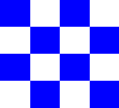
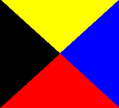
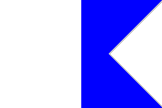
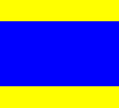
NZAD (November-Zulu-Alpha-Delta) in the International Code of Signal Flags and the Call Sign Hoist of USS Blair (fotw)

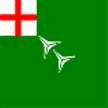
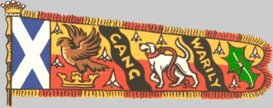
Example: First Captains Colour, Green Trayned Band, London England c1642 (CS); Standard of the Earl of Perth, Scotland (geocities.com)

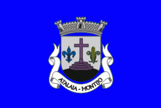
Arms and Flag of Atalaia e Alto Estanqueiro-Jardia, Portugal (fotw)
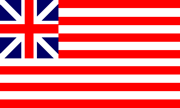
Cambridge Flag/Continental Colours 1775 1777, US (fotw)

Camp/Company Colour, No 2 Company, Governor Generals Foot Guards, Canada (Official Website)
Please note with regard to 1) that as far as is known this term is used by the British Grenadier Guards, the Grenadier Guards of Canada and the Governor General’s Foot Guards (also Canada) in place of company colour.
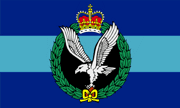
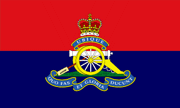
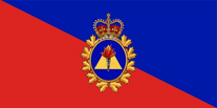
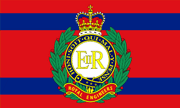
The Army Air Corps,
UK (Graham Bartram); The
Royal Regiment of Artillery, UK (Graham Bartram);
The Training and Development Branch, Canada (fotw); The
Corps of Royal Engineers, UK (Graham Bartram)
2) In heraldry a word occasionally seen in place of the English term base see base 1) (also in base).

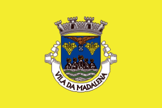
Arms and Flag of Madalena, Portugal (fotw)

